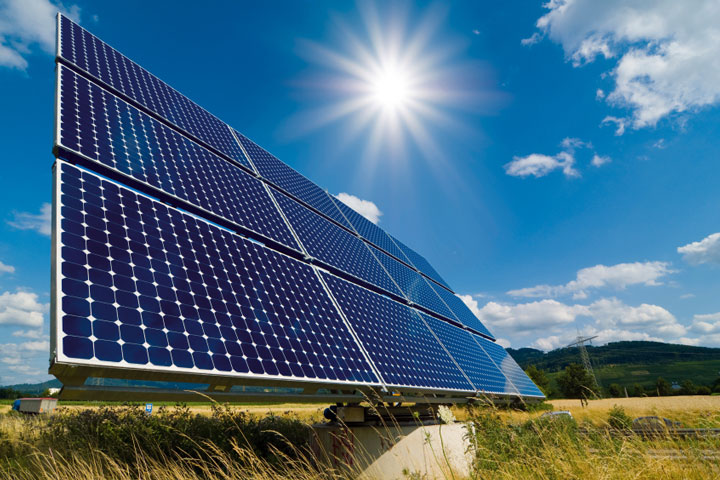Markets
Global Energy Investment Declines to $1.8 Trillion

- Global Energy Investment Declines to $1.8 Trillion
Total investment in the energy sector has decreased from $2 trillion in 2014 to $1.8 trillion in 2015, according to World Energy Investment 2016.
The new yearly report showed that the energy system is undergoing a broad reorientation toward low-carbon energy and efficiency, but investment in key clean energy technologies needs to be further ramped up to put the world economy on track for climate stabilisation.
The report prepared by the International Energy Agency (IEA) said on Monday, that global energy investment fell by eight per cent in 2015, with a drop in oil and gas upstream spending outweighing continued robust investment in renewables, electricity networks and energy efficiency.
IEA Executive Director Fatih Birol stated: “We see a broad shift of spending toward cleaner energy, often as a result of government policies. “Our report clearly shows that such government measures can work, and are key to a successful energy transition. But while some progress has been achieved, investors need clarity and certainty from policy makers. Governments must not only maintain but heighten their commitment to achieve energy security and climate goals.”
With energy supply spending of $315 billion, China was once again the world’s largest energy investor last year thanks to robust efforts in building up low-carbon generation and electricity networks, as well as implementing energy efficiency policies.
Investment in the United States’ energy supply declined to about $280 billion in 2015, falling nearly $75 billion, due to low oil prices and cost deflation, representing half of the total decline in global energy spending. The Middle East and Russia emerged as the most resilient regions to spending cuts, thanks respectively to lower production costs and currency movements. As a result, national oil companies accounted for 44 percent of overall upstream investments, an all-time high.
Renewable energy investments of $313 billion accounted for nearly a fifth of total energy spending last year, establishing renewables as the largest source of power investment.
While spending on renewable power capacity was flat between 2011 and 2015, electricity generation from the new capacity rose by one third, reflecting the steep cost declines in wind turbines and solar PV. The investment in renewable power capacity in 2015 generates more than enough to cover global electricity demand growth.
Technology innovations boosted investment in smart grids and storage, which are expected to play a crucial role in integrating large shares of wind and solar. While grid-scale battery storage investment expanded tenfold since 2010, their value is predominantly to complement the grid, which continues to absorb much larger investment.
Global gas-fired power generation investment declined by nearly 40%. Asian markets continued to favour investment in coal power. Investment activity in European gas power remained muted despite large retirements anticipated in the next decade.
With investment rising six per cent, energy efficiency spending was robust in 2015 due to government policies such as minimum standards that cover a rising share of new buildings, appliances and motor vehicles. In certain countries, lower prices slowed the trend towards more fuel-efficient vehicles, most notably in the United States where the rate of improvement in efficiency was two-thirds lower than that in recent years.